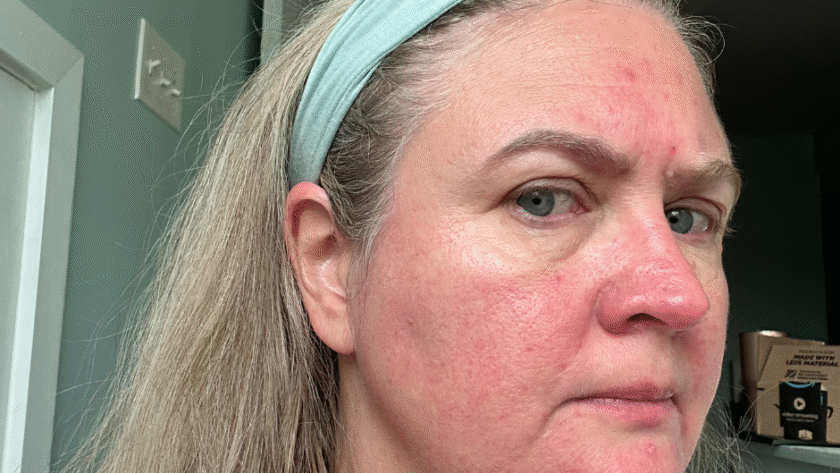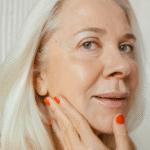Your Complete Guide to Calm, Even-Toned Skin

If you’ve ever caught your reflection and wondered when your face started resembling a roadmap of red highways, you’re not alone. I’ve been there too – standing in front of the mirror, watching my once-even complexion transform into something that looks perpetually sunburned, even on the cloudiest days.
Here’s the thing about mature skin: it doesn’t just age gracefully into fine lines and wrinkles. For many of us, it also decides to throw a temper tantrum in the form of persistent redness, broken capillaries, and that annoying flush that seems to appear at the most inconvenient moments. Whether it’s rosacea making its unwelcome debut or just general irritation from years of environmental damage, finding the best serum for mature skin redness becomes less of a luxury and more of a necessity.
But here’s what I’ve learned through my own journey (and countless conversations with dermatologists): the right serum can be an absolute game-changer. It’s like having a gentle, yet powerful mediator that steps in between your skin and the world, saying, “Hey, let’s all just calm down here.”
What Causes Redness in Mature Skin and How Can Serums Help?
Before we dive into solutions, let’s talk about why our skin decides to turn red in the first place. Think of your skin as a protective fortress that’s been defending you for decades. Over time, that fortress starts showing signs of wear and tear.
The main culprits behind mature skin redness include:
- Weakened skin barrier – Years of sun exposure, harsh products, and environmental stressors have compromised your skin’s natural defense system
- Dilated blood vessels – Those tiny capillaries near the surface become more visible and prone to inflammation
- Rosacea development – This common condition often emerges or worsens with age, causing persistent facial redness
- Hormonal changes – Menopause and other hormonal shifts can trigger increased sensitivity and redness
- Chronic inflammation – Your skin’s immune response becomes more reactive over time
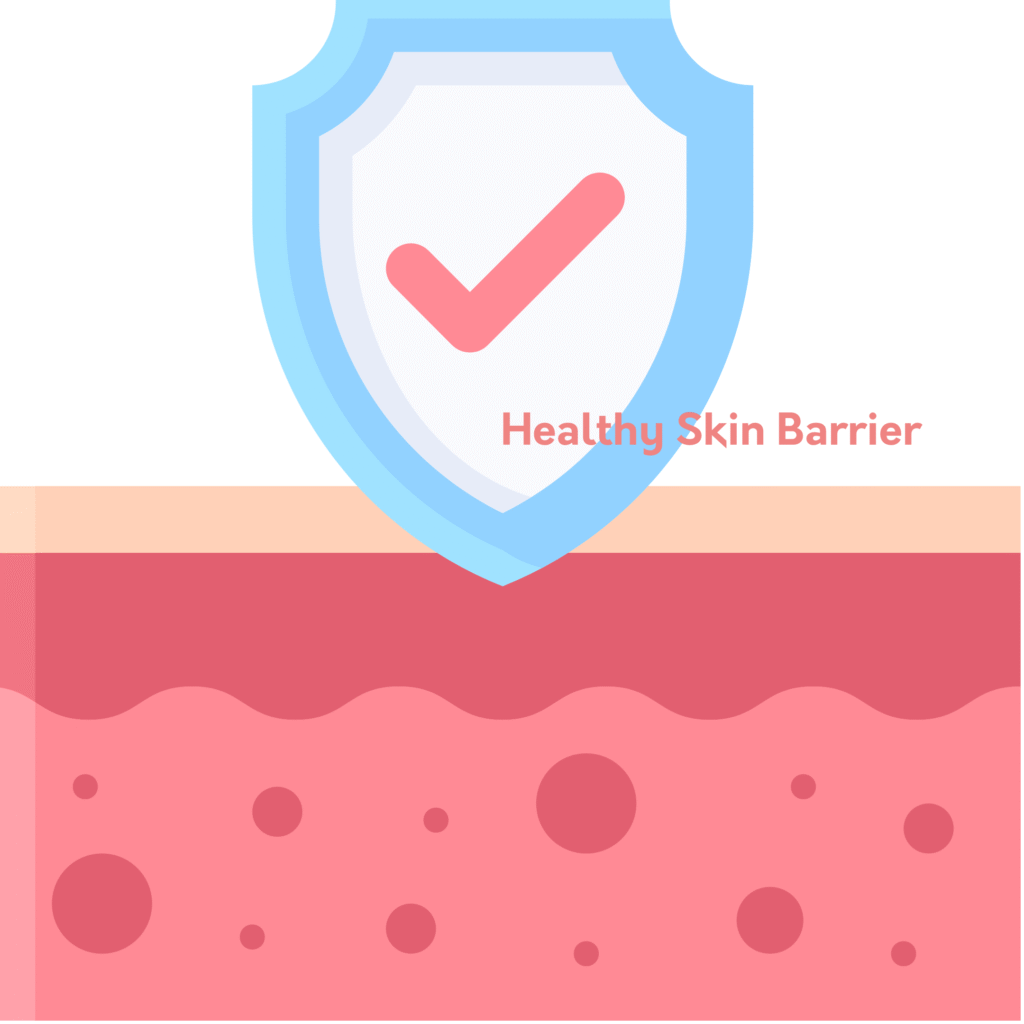
Here’s where serums become your skin’s best friend. Unlike heavier creams that sit on the surface, serums are formulated with smaller molecules that can penetrate deeper into your skin. They’re like sending in a specialized rescue team directly to the source of the problem.
Serums help by:
- Delivering concentrated active ingredients precisely where they’re needed
- Strengthening your skin barrier to prevent future irritation
- Reducing inflammation at the cellular level
- Improving circulation and helping dilated blood vessels return to normal
- Providing antioxidant protection against environmental damage
Which Ingredients Are Most Effective in Serums for Reducing Skin Redness?
Not all serum ingredients are created equal, especially when it comes to calming redness-prone mature skin. After years of trial and error (and more than a few reactions that made me look like a tomato), I’ve learned which ingredients actually work.
The Redness-Fighting All-Stars
| Ingredient | How It Helps | Best For | Concentration to Look For |
| Niacinamide | Reduces inflammation, strengthens skin barrier, controls oil production | All skin types, especially sensitive | 5-10% |
| Azelaic Acid | Anti-inflammatory, unclogs pores, evens skin tone | Rosacea, acne-prone skin | 10-20% |
| Alpha Arbutin | Inhibits melanin production, reduces post-inflammatory redness | Dark spots, hyperpigmentation | 1-2% |
| Vitamin C | Antioxidant protection, strengthens blood vessels, brightens | Environmental damage, dullness | 10-20% (L-ascorbic acid) |
| Green Tea Extract | Soothes inflammation, provides antioxidant protection | Sensitive, irritated skin | Varies |
| Licorice Root | Natural anti-inflammatory, skin brightening | All redness types | Varies |
| Tranexamic Acid | Reduces inflammation, targets stubborn redness | Melasma, persistent redness | 2-5% |
Ingredients to Approach with Caution
While these can be beneficial, they require careful introduction for redness-prone skin:
- Retinoids – Start slowly and always use at night
- Glycolic Acid – Too aggressive for some; try lactic acid instead
- High-concentration Vitamin C – Can be irritating; start with lower percentages
Top Serum Recommendations for Mature Skin Redness
After extensive research and real-world testing, here are the serums that consistently deliver results for redness-prone mature skin:
Budget-Friendly Heroes
The Ordinary Azelaic Acid Suspension 10% This little tube punches way above its weight class. Azelaic acid is like the Switzerland of skincare ingredients – neutral, effective, and gets along with everyone. I love how it reduces both active breakouts and the lingering redness they leave behind.
Naturium Alpha Arbutin Serum 2% Don’t let the affordable price fool you. This serum combines alpha arbutin with niacinamide for a one-two punch against redness and dark spots. It’s gentle enough for daily use and plays well with other products.
Mid-Range Marvels
Paula’s Choice Calm Redness Relief Repairing Serum This serum is like a warm hug for angry skin. It’s specifically formulated for rosacea-prone skin and contains a blend of anti-inflammatory ingredients that genuinely calm irritation without causing further sensitivity.
La Roche-Posay Rosaliac AR Intense French pharmacy brands know their stuff when it comes to sensitive skin. This serum targets vascular redness with thermal spring water and ambophenol, making it perfect for those with visible broken capillaries.
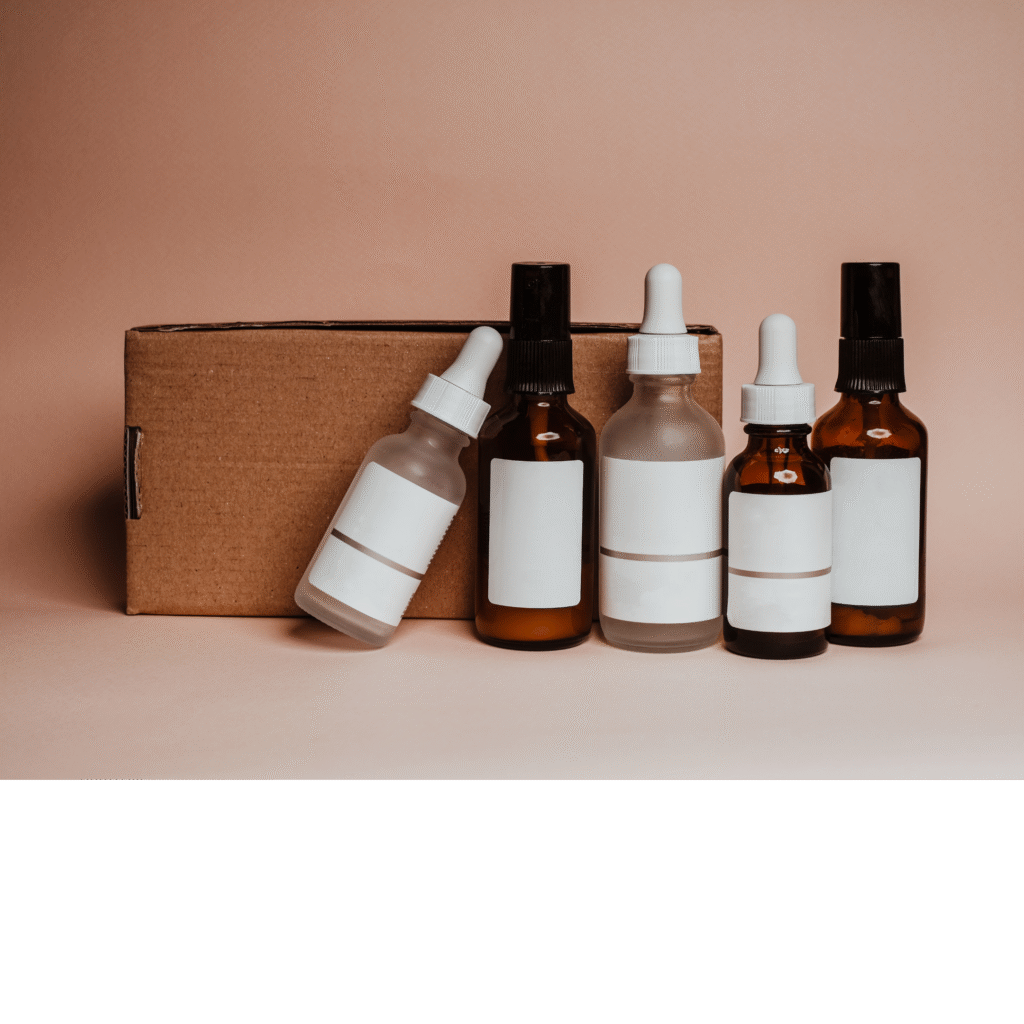
Luxury Investments
SkinCeuticals Metacell Renewal B3 ($112) Yes, it’s an investment, but the 5% niacinamide concentration combined with peptides makes this a powerhouse for mature skin. It’s like upgrading from basic cable to premium – you really notice the difference.
Allies of Skin Tranexamic & Arbutin Advanced Brightening Serum This Australian brand has created something special. The combination of tranexamic acid and alpha arbutin specifically targets stubborn redness that just won’t budge with gentler treatments.
Are There Serums Suitable for Sensitive Mature Skin Prone to Redness?
Absolutely! Having sensitive, redness-prone mature skin doesn’t mean you have to resign yourself to a lifetime of irritation. The key is choosing serums specifically formulated for your skin’s unique needs.
Gentle Giants for Sensitive Skin
Fragrance-free formula with pH-stabilized ingredients to support dry, sensitive, and reactive skin. Laboratory tested for purity and efficacy. Ideal for dry skin, and skin types with signs of damage to soothe and comfort.
Dermatologist-recommended for a reason, this serum combines vitamin C with ceramides to strengthen your skin barrier while reducing redness. The formula is stable, gentle, and effective.
What Makes a Serum “Sensitive-Friendly”?
- Fragrance-free formulation
- pH-balanced (around 5.5)
- Free from common irritants like alcohol, sulfates, and harsh preservatives
- Contains soothing ingredients like allantoin, ceramides, or thermal spring water
- Hypoallergenic and dermatologist-tested
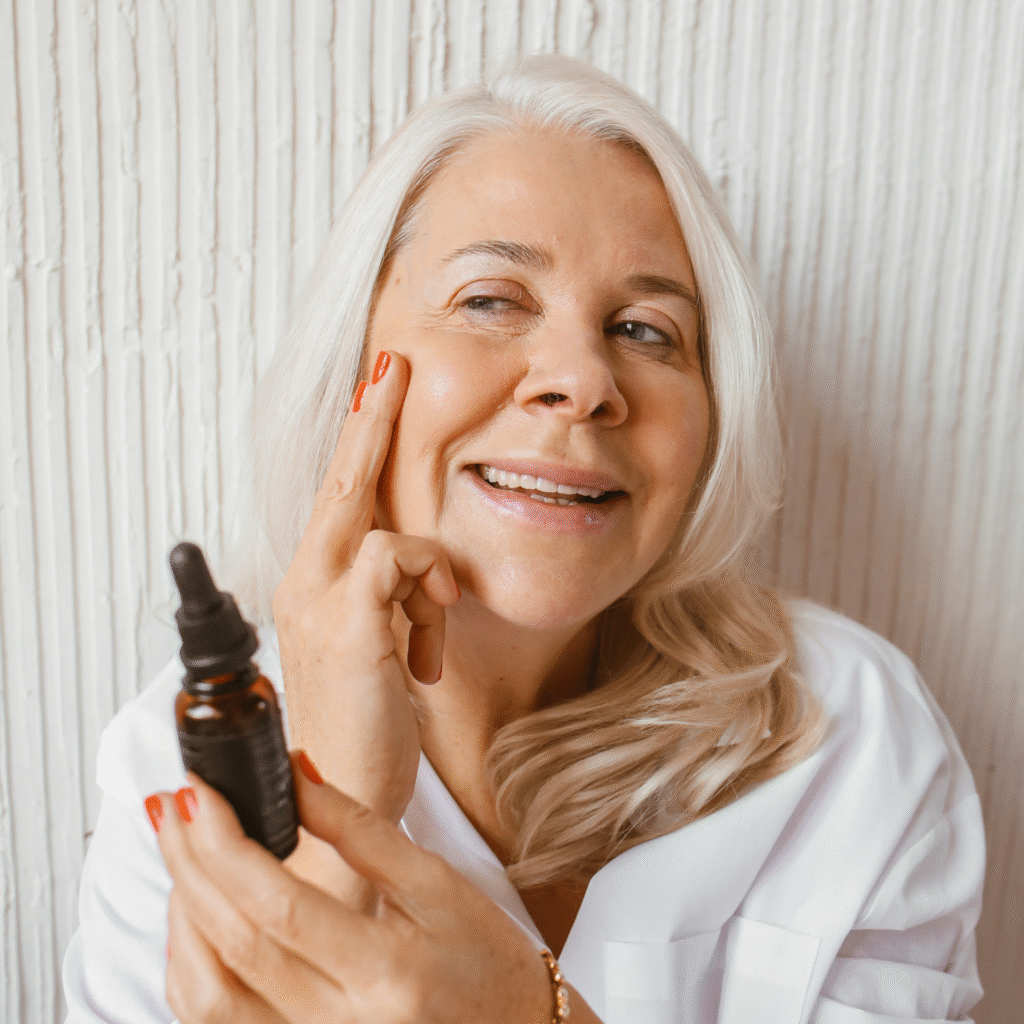
How Long Does It Take to See Improvements in Redness with Serum Use?
I wish I could tell you that serums work overnight like some kind of skincare magic wand, but the truth is more nuanced. Managing redness in mature skin is like training for a marathon – it requires patience, consistency, and realistic expectations.
The Timeline Breakdown
Week 1-2: The Adjustment Period Your skin is getting acquainted with new ingredients. You might not see dramatic changes yet, but you shouldn’t experience increased irritation if you’ve chosen the right product.
Week 3-4: Early Signs of Improvement This is when most people start noticing subtle changes. Your skin might feel calmer, and daily redness episodes may be less intense.
Week 6-8: Visible Progress The real magic happens here. Persistent redness should start diminishing, and your overall complexion should look more even.
Week 12+: Long-term Results With consistent use, you should see significant improvement in both the frequency and intensity of redness episodes.
Factors That Affect Timeline
- Severity of redness – Mild irritation responds faster than chronic rosacea
- Product potency – Higher concentrations may work faster but require careful introduction
- Skin barrier health – Compromised barriers take longer to repair
- Consistency of use – Skipping applications slows progress
- Other skincare products – Harsh ingredients can counteract serum benefits
Can Anti-Aging Serums Also Reduce Skin Redness and Inflammation?
This is one of my favorite questions because the answer is a resounding yes! You don’t need to choose between addressing aging concerns and managing redness – many modern serums are multitaskers that tackle both issues simultaneously.
Dual-Purpose Powerhouses
Vitamin C Serums These antioxidant heroes don’t just brighten and protect – they also strengthen blood vessels and reduce the appearance of broken capillaries. Look for stable forms like magnesium ascorbyl phosphate if you have sensitive skin.
Niacinamide-Based Serums Niacinamide is like the Swiss Army knife of skincare. It reduces redness, minimizes pores, regulates oil production, and stimulates collagen production. Talk about multitasking!
Retinol Alternatives Products like Biossance Squalane + Phyto-Retinol Serum offer anti-aging benefits without the irritation traditional retinoids can cause in redness-prone skin.
What Are the Best Serums for Rosacea and Red Mature Skin?
Rosacea is like that uninvited guest who shows up to the party and refuses to leave. If you’re dealing with this chronic condition alongside mature skin concerns, you need serums that understand the delicate balance required.
Rosacea-Specific Champions
Murad Environmental Shield Vitamin C Glycolic Brightening Serum While glycolic acid might sound scary for rosacea-prone skin, this formula is carefully balanced to provide gentle exfoliation while the vitamin C strengthens blood vessels.
Sunday Riley Flora Hydroactive Brightening Serum This serum contains licorice root extract and green tea, both powerhouse anti-inflammatories that specifically target the type of redness associated with rosacea.
Rosadyn Rosacea Serum Formulated with organic ingredients in a gentle aloe base.
Application Tips for Rosacea-Prone Skin
- Always patch test new products on your neck first
- Introduce one new serum at a time to identify any triggers
- Apply to slightly damp skin to improve absorption and reduce irritation
- Layer with a gentle moisturizer to lock in benefits
- Use sunscreen religiously – sun exposure is a major rosacea trigger
How to Choose a Serum That Won’t Irritate Redness-Prone Skin
Choosing the right serum for redness-prone skin is like online dating – you need to look beyond the attractive packaging and really understand what you’re getting into. Here’s my foolproof method for making the right choice.
The Ingredient Investigation
Green Flags (Seek These Out):
- Niacinamide (5-10%)
- Azelaic acid
- Alpha arbutin
- Green tea extract
- Licorice root
- Ceramides
- Hyaluronic acid
Red Flags (Avoid These):
- Fragrance or essential oils
- High concentrations of glycolic acid
- Alcohol denat (SD alcohol)
- Harsh preservatives like parabens
- Menthol or camphor
The Patch Test Protocol
I cannot stress this enough – always patch test! Apply a small amount behind your ear or on your inner wrist for 48 hours before using it on your face. Your skin will thank you later.
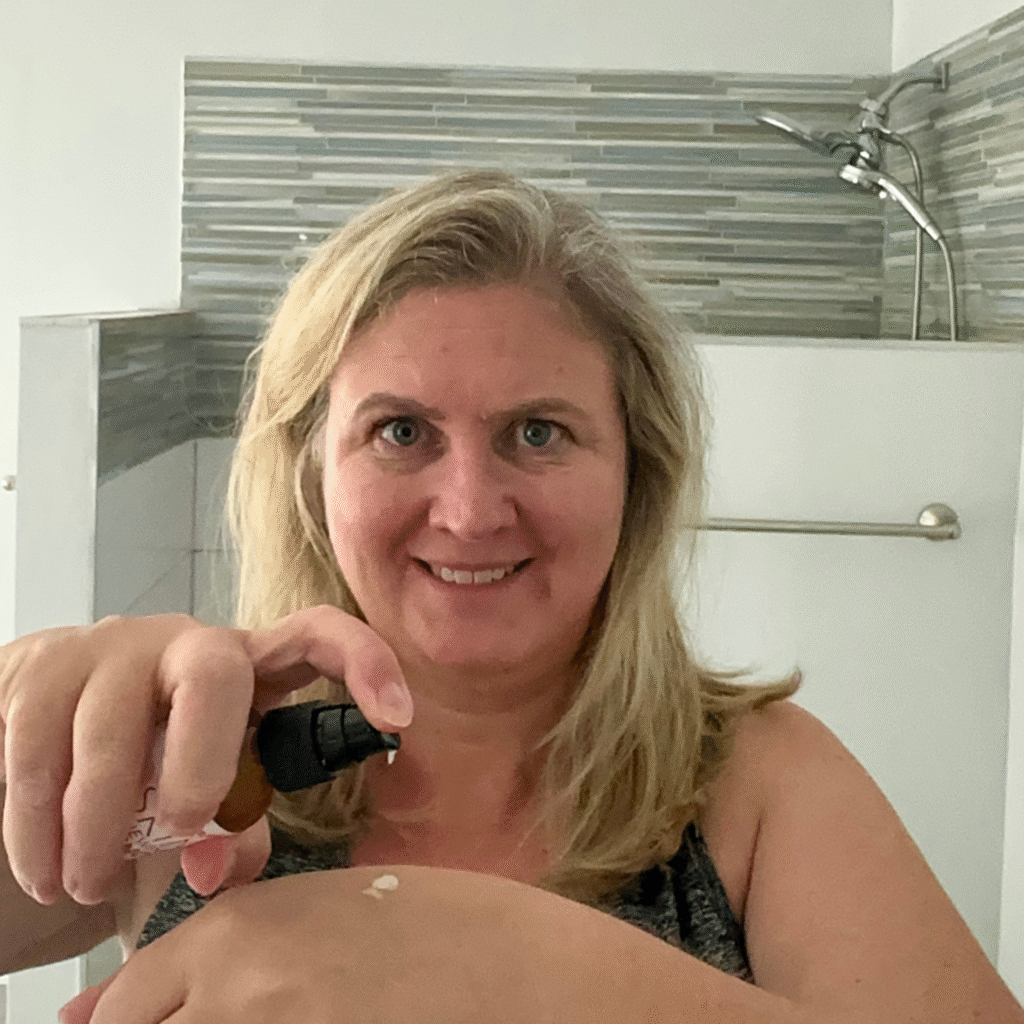
Do Natural or Plant-Based Serums Work for Mature Skin Redness?
As someone who’s tried everything from snail mucin to bee venom (don’t ask), I can tell you that natural doesn’t always mean better, but some plant-based ingredients are absolute game-changers for redness-prone mature skin.
Botanical Superstars
Tatcha Violet-C Radiance Serum This Japanese-inspired serum combines vitamin C with green tea and Japanese beautyberry. It’s gentle yet effective, and the botanical blend feels luxurious on the skin.
Youth To The People 15% Vitamin C + Clean Caffeine Energy Serum Superfoods aren’t just for your smoothie! This serum packs kale, green tea, and vitamin C into a formula that energizes tired, red skin.
Osea Atmosphere Protection Cream While technically a cream-serum hybrid, this organic algae-based product provides incredible protection against environmental stressors that trigger redness.
The Truth About “Natural” Skincare
Here’s what I’ve learned: natural ingredients can be incredibly effective, but they’re not automatically gentler. Some of the worst reactions I’ve had were from “natural” products loaded with essential oils and botanical extracts that my skin couldn’t tolerate.
The key is finding plant-based serums that:
- Use standardized, stable extracts
- Avoid common allergens like citrus oils
- Combine natural ingredients with proven actives
- Are formulated at appropriate pH levels
Can Serums with Niacinamide Reduce Redness and Improve Skin Texture?
Niacinamide deserves its own fan club. This form of vitamin B3 is like the diplomatic negotiator of the skincare world – it gets along with everyone and somehow manages to solve multiple problems at once.
Why Niacinamide is Perfect for Mature, Red Skin
Immediate Benefits:
- Reduces inflammation and redness within hours
- Controls oil production without over-drying
- Minimizes the appearance of pores
- Provides a subtle plumping effect
Long-term Benefits:
- Strengthens the skin barrier over time
- Stimulates collagen production
- Improves skin texture and smoothness
- Helps prevent future redness episodes
How to Layer Serums and Moisturizers for Redness-Prone Mature Skin
Layering skincare products is like creating a symphony – every instrument (product) needs to work in harmony to create something beautiful. Get it wrong, and you’ll end up with a cacophony of irritation.
The Perfect Morning Routine
- Gentle cleanser (if needed)
- Hydrating toner or essence (optional)
- Redness-reducing serum (niacinamide or azelaic acid)
- Antioxidant serum (vitamin C, if tolerated)
- Moisturizer with ceramides
- Broad-spectrum SPF 30+
The Calming Evening Routine
- Double cleanse (oil cleanser + gentle foam cleanser)
- pH-balancing toner
- Treatment serum (retinol alternative or repair serum)
- Redness-reducing serum (if not used in morning)
- Rich night moisturizer
- Face oil (if extra hydration is needed)
Layering Rules for Success
- Thinnest to thickest consistency
- Wait 60 seconds between layers for absorption
- Never mix acids with retinoids in the same application
- Always finish with moisturizer to seal in benefits
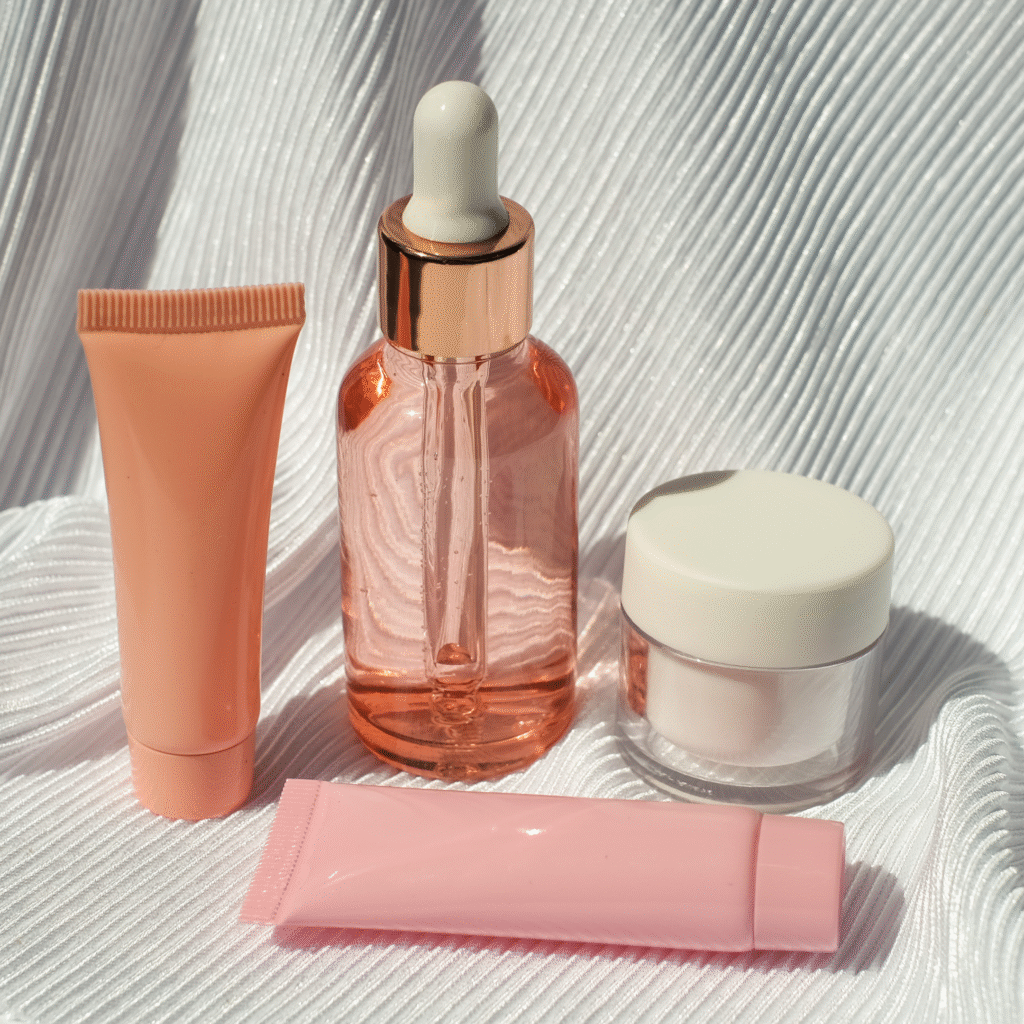
Shopping Guide: Budget vs. Premium Options
Let’s talk money, honey. You don’t need to break the bank to achieve calm, even-toned skin, but sometimes investing in quality products pays off in the long run.
Budget-Friendly Options ($8-25)
| Product | Price | Key Benefits | Best For |
| The Ordinary Azelaic Acid 10% | $12 | Anti-inflammatory, gentle exfoliation | Mild rosacea, sensitive skin |
| Naturium Alpha Arbutin 2% | $20 | Brightening, redness reduction | Post-inflammatory marks |
| CeraVe Vitamin C Serum | $23 | Barrier support, antioxidant protection | Daily maintenance |
| Good Molecules Hyaluronic Acid | $6 | Hydration, plumping | Dehydrated, red skin |
Mid-Range Investments ($25-60)
These products offer more sophisticated formulations and often better stability:
- Paula’s Choice Calm Redness Relief ($39)
- La Roche-Posay Rosaliac AR Intense ($40)
- First Aid Beauty Ultra Repair Serum ($38)
- Drunk Elephant C-Firma ($80)
Luxury Splurges ($60+)
Sometimes the higher price reflects superior research, innovative ingredients, or more elegant formulations:
- SkinCeuticals Metacell Renewal B3 ($112)
- Allies of Skin Tranexamic Serum ($101)
- Tatcha Violet-C Radiance ($88)
Common Mistakes to Avoid
After years of trial and error (emphasis on the error), here are the biggest mistakes I see people make when treating redness-prone mature skin:
The “More is Better” Trap
Using multiple active ingredients at once or applying serums too frequently can actually increase redness. Start slowly and build up tolerance gradually.
Ignoring Your Skin Barrier
If your skin feels tight, burns, or peels, stop everything and focus on barrier repair with gentle, hydrating products for a few days.
Inconsistent Application
Skipping your serum for a few days and then using it twice daily to “catch up” is a recipe for irritation. Consistency beats intensity every time.
Not Adjusting for Seasons
Your skin’s needs change with the weather. What works in summer might be too light for winter, and vice versa.
When to See a Dermatologist
While serums can work wonders, sometimes you need professional intervention. Consider seeing a dermatologist if:
- Redness is accompanied by pain or burning
- Over-the-counter treatments haven’t helped after 12 weeks
- Redness is spreading or getting worse
- You’re experiencing other symptoms like scaling, bumps, or eye irritation
- Redness significantly impacts your quality of life
A dermatologist can prescribe stronger treatments like prescription azelaic acid, metronidazole gel, or even laser therapy for persistent redness.
Final Thoughts: Your Journey to Calmer Skin
Managing redness in mature skin isn’t about achieving perfection – it’s about finding what works for your unique skin and feeling confident in your own complexion. The best serum for mature skin redness is the one that you’ll use consistently and that makes your skin feel calm and comfortable.
Remember, this is a journey, not a destination. Your skin will continue to evolve, and what works today might need adjustment tomorrow. That’s not failure – that’s just life with mature skin, and there’s something beautiful about learning to work with your skin rather than against it.
Whether you choose a budget-friendly option like The Ordinary’s Azelaic Acid or invest in a luxury serum like SkinCeuticals Metacell Renewal B3, the most important factor is consistency and patience. Your skin has been with you through decades of life – it deserves gentle, thoughtful care.
Take Action: Start Your Redness-Reduction Journey Today
Ready to begin your journey to calmer, more even-toned skin? Start with:
- Choose one serum from our recommendations based on your budget and skin sensitivity
- Patch test for 48 hours before full application
- Introduce gradually – start with every other day, then build to daily use
- Track your progress with weekly photos to monitor improvement
- Be patient – give your chosen serum at least 8 weeks to show results
Your future self will thank you for taking this first step toward healthier, happier skin.
Affiliate Disclosure: This post contains affiliate links, which means I may receive a small commission if you make a purchase through these links, at no additional cost to you. This helps support the creation of helpful content like this. I only recommend products I genuinely believe in and that align with the needs of mature, redness-prone skin. Your trust is important to me, and I’m committed to providing honest, valuable information regardless of any potential commission.

